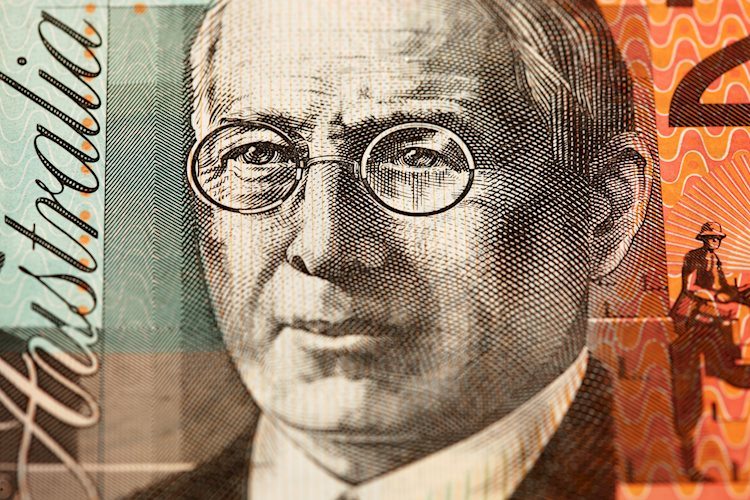The AUD/USD pair is currently trading close to dangerous levels near 0.6600, and despite a hawkish policy outlook from the Reserve Bank of Australia (RBA), the Aussie Dollar saw a decline of 0.21% to 0.6620 in Friday’s session. This decline was mainly due to the appreciation of the US Dollar fueled by less-dovish sentiment surrounding the Federal Reserve (Fed) and strong sentiment data from the University of Michigan (UoM), which overshadowed soft Durable Goods figures. However, the Aussie Dollar could see some benefits from the RBA’s hawkish tone in the upcoming days.
The Australian Dollar weakened against the USD primarily due to the release of strong UoM data and Durable Goods orders that declined by 0.8% in September, slightly better than market expectations of a 1% decline. The UoM’s Consumer Sentiment index rose to 70.5 in October, beating expectations. The positive US data might lead the Fed to adopt a more hawkish stance, potentially tabling the two consensus cuts for November and December. At the same time, the RBA does not seem completely open to starting cuts, with markets only giving a 50% chance of a cut in 2024, a factor that could benefit the AUD.
In terms of technical analysis, the AUD/USD pair is currently experiencing bearish momentum as seen in the Relative Strength Index (RSI) falling into the oversold area with a value of 34 and a mildly declining slope, indicating rising selling pressure. The Moving Average Convergence Divergence (MACD) histogram is red and rising, signaling an increase in bearish momentum. Despite the bearish outlook, the pair is trading near support at 0.6600, which could lead to a bounce if it holds above this level.
Factors influencing the Australian Dollar include interest rates set by the RBA, the price of its major export Iron Ore, the health of the Chinese economy (its largest trading partner), inflation, growth rate, Trade Balance, and market sentiment. The RBA influences the AUD through setting interest rates to maintain stable inflation rates, with high rates supporting the AUD and low rates having the opposite effect. The health of the Chinese economy impacts the AUD as well, with positive growth leading to increased demand for Australian exports. The price of Iron Ore also plays a significant role, as higher prices boost the AUD due to increased demand. Additionally, a positive Trade Balance strengthens the AUD, while a negative balance has the opposite effect.
In conclusion, the AUD/USD pair is currently facing bearish pressure near 0.6600 levels, despite a hawkish policy outlook from the RBA. The appreciation of the US Dollar driven by strong sentiment data from the UoM overshadowed the soft Durable Goods figures, leading to a decline in the Aussie Dollar. However, the RBA’s hawkish tone could provide some support to the AUD in the coming days. Technical analysis indicates a bearish momentum, but the pair may experience a bounce if it manages to hold above the support level. Factors such as interest rates, Chinese economy health, Iron Ore prices, Trade Balance, and market sentiment influence the Australian Dollar, impacting its value against the USD.










